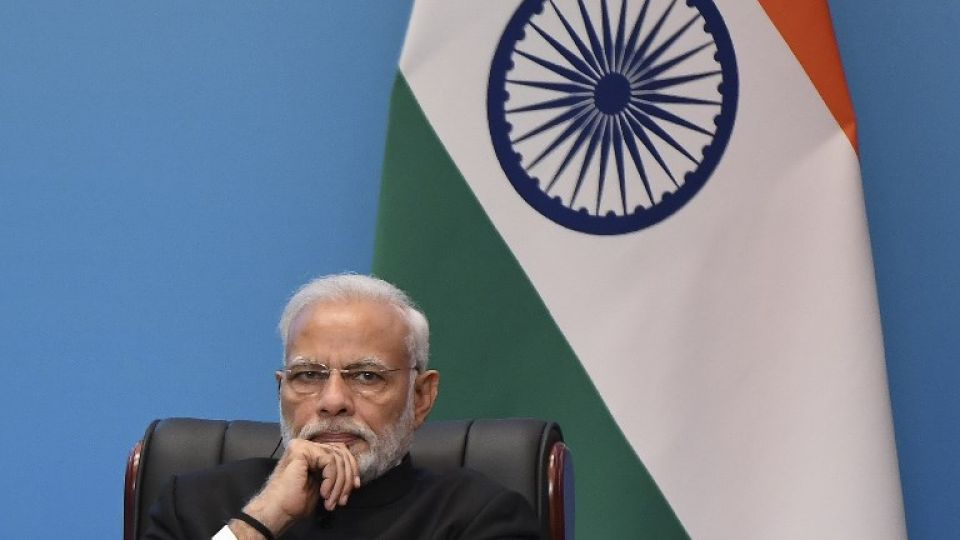May 20, 2019
Has Modi’s social media policy backfired.
Indian Prime Minister Narendra Modi’s attempts to ‘humanise’ himself over the past 10 days or so seem to have boomeranged.
At least on social media.
For a politician who has championed the use of social media platforms and integrated them into his communications strategy to gain direct access to the people without the “filter” of intermediaries, that’s saying something.
Modi refused to hold even a single Press conference through his five-year tenure as PM and keeping professional media at arm’s length.
But he went on an interview spree in the past fortnight aimed at reaching out to voters in the last two phases of India’s weeks-long general election.
Informal, one-on-one interactions with leading television anchors and editors of major publications in which Modi shared personal anecdotes and took some ‘unscripted’ tough questions seemed like a great outreach idea for sure.
But then he went and put his foot in it by self-admittedly:
- Telling the Indian Air Force top brass who were thinking of postponing the air strikes against terror camps in Pakistan February-end because of inclement, cloudy weather to go ahead anyway because the clouds would obscure detection of Indian fighter jets – making it apparent he hasn’t heard of modern radar technology.
- Claiming to have used a digital camera and email in 1987/88 long before they were in use and/or invented/available commercially.
The results, for a politician considered to be a master of communication, were not great.
His comments were greeted with howls of derision, mocked mercilessly and the memes based on them went viral.
The ultimate player on social media got trolled relentlessly not just by opponents but even neutrals for his gaffes.
The Prime Minister’s Office could have clarified that the first comment was a joke (which obviously went wrong) and the second a slip of the tongue in terms of dates.
But no such clarifications were forthcoming.
The reason for the Prime Minister’s media blitz which resulted in the boo-boos was part of a strategy to target voters who may be feeling let down by the performance of his administration and were exercising their ballot in the last two phases of polling on 12 and 19 May.
A total of 118 parliamentary seats (out of a total of 543) were at stake in these two phases and the constituencies that went to polls included many in the fiercely contested states of Uttar Pradesh and West Bengal.
In both states, Modi is up against very formidable opposition.
But the reasons are just incidental and of limited interest – what is of interest is this newly discovered weakness in his communication strategy.
The Opposition insists the gaffes by Narendra Modi represent a character flaw and underline its online ‘Feku’ campaign against him – Feku, a pejorative term, translates roughly as ‘delusional bullshitter and peddler of fake news’.
But Modi remains undoubtedly the most popular politician in India and his team has not thought it necessary to issue clarifications hoping the row will die a natural death.
That may have been a miscalculation, even for a Teflon PM.
For, it did turn out to be more than just a 24-hour news cycle issue.
The Prime Minister’s well-crafted and relentlessly emphasised media image of being a modest, honest, self-made man who rose from humble beginnings to head the world’ largest democracy took a serious blow.
A section of the ruling Bharatiya Janata Party (BJP) is apprehensive that Modi slipping-up in the home stretch, as it were, may have given wings to the Opposition’s Feku narrative which is playing out strongest on social media and this could hurt them in the polls.
But senior leaders and strategists are reasonably sanguine that any damage done can and has been repaired.
The world will know on 23 May when India’s election results are declared whether this was only, as is likely, a minor blip on the radar for Battleship Modi at the fag-end of a bruising war at the hustings.
A‘comms down’ scare for Team Modi it certainly was.


